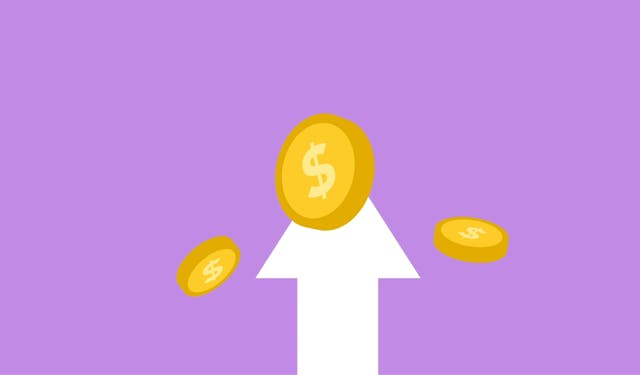Agrarian inflation returns: what's happening to EU farm prices

Getty Images, Unsplash
According to new data from Eurostat, the average price of agricultural products in the European Union increased by 2.2 per cent year-on-year in the fourth quarter of 2024. This is the first increase in a year and a half, signalling a possible reversal of the price trend.
At the same time, prices for current costs in agriculture - such as energy, fertiliser, feed and veterinary services - fell by 2.7%. This is the seventh consecutive quarter with negative cost trends, although the rate of decline has slowed.
The highest increase in prices for agricultural products was recorded in Ireland (+18.4%), Hungary (+14.9%) and Romania (+11%). At the same time, a number of countries observed the opposite dynamics: in Portugal prices fell by 8.1%, in Spain - by 5.9%, in Greece - by 2.8%, and in Finland - by 2.4%.
The rise in prices for dairy products was particularly noticeable. Across the EU as a whole, the cost of milk rose by 15.3 per cent, while in individual countries it was significantly higher: in Ireland by 43.7 per cent, in Lithuania by 33.2 per cent, in Belgium by 30.8 per cent and in Sweden by 30.3 per cent. While cereal prices remained virtually unchanged, with an increase of only 0.3 per cent. However, the variation at the country level was significant: in 17 countries cereal prices fell, while in Slovenia the increase reached 20.3 per cent.
As far as input costs are concerned, farmers felt a relief. Prices for fertilisers and soil additives fell by 6.9% on average across the EU. In Slovakia, the drop was 20.3%, in Romania - 18.8%. The decrease in feed prices reached 5%, which is a common trend in most countries. A particularly pronounced decrease in price was recorded in Latvia (-12.9%), Cyprus (-12.6%) and Slovakia (-12.4%). At the same time, there are countries where costs have increased: in Romania by 2.6%, in Hungary by 1.7% and in the Netherlands by 1.4%.
Thus, a dual picture is emerging in European agriculture: rising output prices increase the profitability of producers, but if sustained over a long period of time may lead to higher prices for the final consumer. At the same time, lower costs create space for the agricultural sector to recover from previous price shocks.





